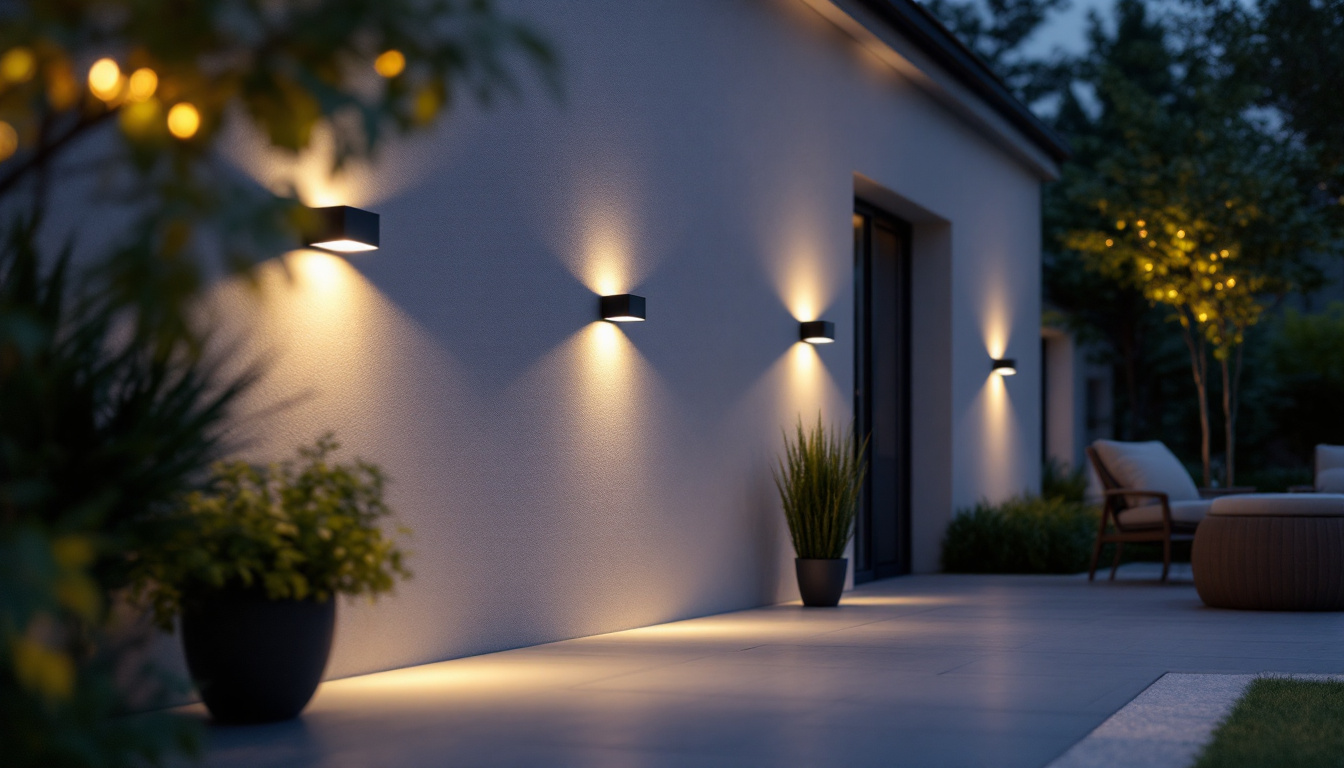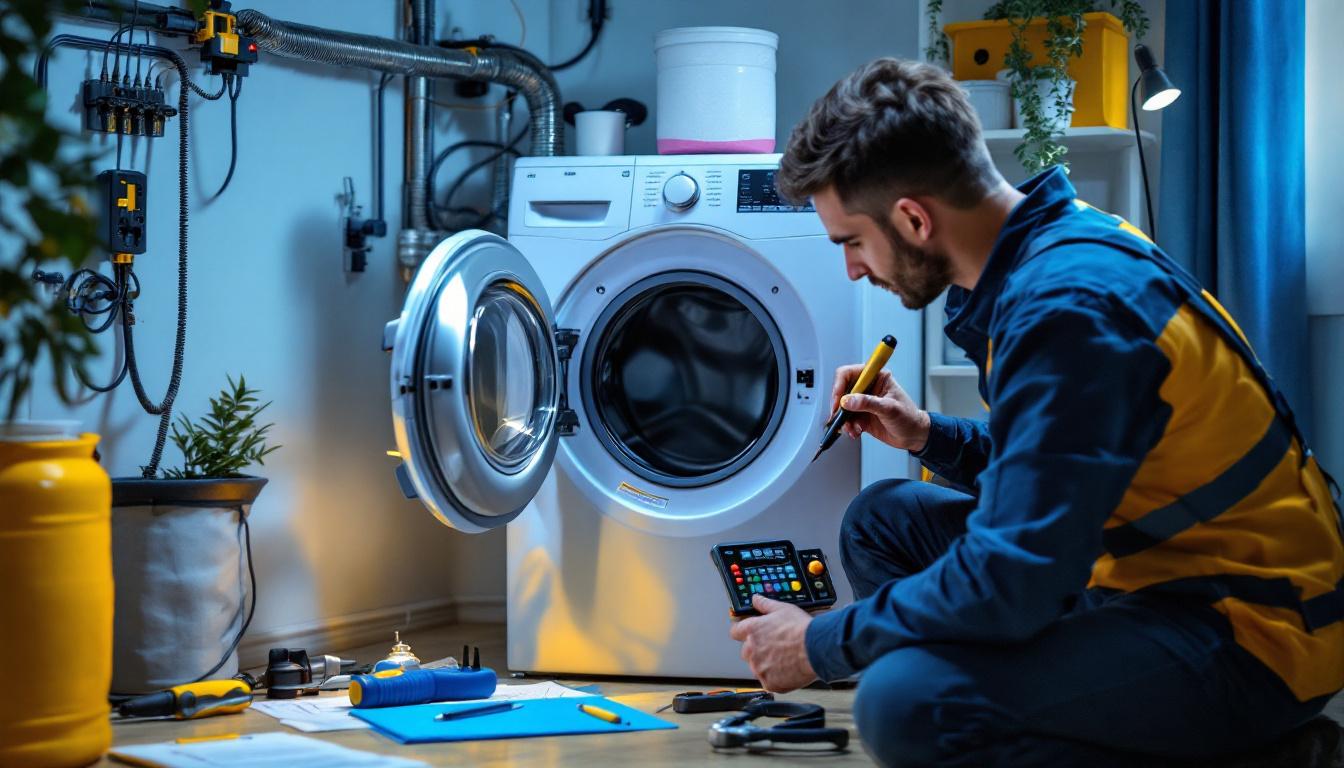
As the demand for sustainable and energy-efficient solutions grows, solar outdoor lights have become increasingly popular among homeowners and businesses alike. For lighting contractors, understanding the intricacies of solar outdoor lights, particularly wall-mounted options, is essential for providing clients with the best solutions. This article explores key tips for lighting contractors to effectively install and recommend solar outdoor wall lights.
Solar outdoor wall lights harness solar energy to provide illumination without the need for traditional electrical wiring. They are equipped with solar panels, batteries, and LED bulbs, making them an eco-friendly choice for outdoor lighting. Understanding how these components work together is crucial for lighting contractors.
solar wall lights typically consist of several key components: solar panels, batteries, LED lights, and sensors. The solar panels convert sunlight into electricity, which is stored in rechargeable batteries. When darkness falls, the sensors detect the absence of light and activate the LED lights, providing illumination.
Familiarity with these components allows contractors to troubleshoot issues, recommend suitable products, and educate clients on maintenance practices. For example, advising clients on the importance of positioning solar panels for optimal sunlight exposure can significantly enhance performance. Additionally, understanding the battery capacity and lifespan can help contractors suggest the best options for different climates, as colder regions may require batteries with better performance in low temperatures.
There are various types of solar wall lights available, each designed for specific applications. Some common types include motion-sensor lights, decorative lights, and security lights. Motion-sensor lights activate when movement is detected, making them ideal for security purposes. Decorative lights, on the other hand, enhance aesthetic appeal, while security lights provide bright illumination to deter intruders.
Understanding the different types of solar wall lights enables contractors to tailor their recommendations based on the client’s needs and preferences. It also helps in selecting the right products for specific environments, whether residential, commercial, or industrial. For instance, in a residential setting, homeowners may prefer decorative solar lights that complement their landscaping, while businesses might opt for brighter, more functional security lights to ensure safety during nighttime hours. Furthermore, the integration of smart technology in some solar wall lights allows for remote control and scheduling, offering an added layer of convenience and customization for users.
Proper installation is crucial for the effectiveness and longevity of solar outdoor wall lights. Lighting contractors should adhere to best practices to ensure optimal performance.
Before installation, conducting a thorough site assessment is essential. This involves evaluating the location for sunlight exposure, potential obstructions, and the intended purpose of the lights. Areas with excessive shade from trees or buildings may require additional planning, such as selecting lights with larger solar panels or considering alternative mounting locations.
Additionally, understanding the landscape and any potential hazards, such as water features or heavy foot traffic areas, will help in determining the best placement for the lights. A well-planned installation not only enhances functionality but also contributes to the overall aesthetic of the property. It is also advisable to take into account the seasonal variations in sunlight, as certain areas may receive more light during specific times of the year. This foresight can help in choosing the right type of solar lights that will perform consistently throughout different seasons.
The height and orientation of solar wall lights play a significant role in their effectiveness. Generally, lights should be mounted at a height of 6 to 8 feet to provide optimal illumination while minimizing glare. Furthermore, orienting the lights towards the area that needs illumination ensures that the light is directed where it is most needed.
Contractors should also consider the angle of the solar panels. Ideally, panels should be tilted to capture maximum sunlight, which may vary based on geographic location. Adjusting the angle can significantly improve the charging efficiency of the batteries, resulting in longer-lasting illumination. Moreover, it is important to periodically check the orientation and cleanliness of the solar panels, as dirt or debris can hinder performance. Regular maintenance, such as cleaning the panels and inspecting the lights for any damage, will ensure that the solar outdoor wall lights continue to operate at peak efficiency, providing reliable lighting for years to come.
Dust, dirt, and debris can accumulate on solar panels, hindering their ability to absorb sunlight. Regular cleaning is essential to maintain optimal performance. Contractors should recommend that clients clean the solar panels periodically, especially after heavy storms or seasonal changes. A simple wipe with a damp cloth can significantly enhance the efficiency of the solar panels.
In addition to the panels, the fixtures themselves should also be cleaned to remove any buildup that may obstruct light output. This not only ensures brighter illumination but also prolongs the life of the fixtures.
Even with proper maintenance, issues may arise with solar outdoor wall lights. Common problems include dim lighting, lights not turning on, or inconsistent performance. Contractors should be prepared to troubleshoot these issues effectively.
For instance, if lights are dim, it may indicate that the batteries are not charging adequately. This could be due to insufficient sunlight exposure or dirty solar panels. In cases where lights do not turn on at all, checking the battery connections and ensuring that the sensors are functioning properly can often resolve the issue.
With a plethora of solar outdoor wall lights available on the market, selecting the right products for clients can be challenging. Lighting contractors should consider several factors when making recommendations.
Quality should be a top priority when selecting solar wall lights. Contractors should look for products made from durable materials that can withstand various weather conditions. High-quality solar lights typically come with warranties, providing clients with peace of mind regarding their investment.
Additionally, contractors should consider the brightness and color temperature of the LED lights. Products with adjustable brightness settings can offer versatility for different applications, while warm white lights may create a more inviting atmosphere for residential settings.
The battery capacity and type are crucial factors that influence the performance of solar wall lights. Lithium-ion batteries tend to offer better performance and longevity compared to traditional nickel-cadmium batteries. Contractors should recommend lights with sufficient battery capacity to ensure they can provide adequate illumination throughout the night.
Moreover, understanding the charging time and cycle life of the batteries can help contractors set realistic expectations for clients. Educating clients on the importance of battery maintenance, such as replacing them when necessary, can also enhance the overall performance of the lights.
Effective communication with clients is essential for ensuring satisfaction and successful installations. Lighting contractors should prioritize educating clients about solar outdoor wall lights and their benefits.
Contractors should take the time to explain the benefits of solar outdoor wall lights to clients. These benefits include energy savings, reduced environmental impact, and the convenience of not requiring electrical wiring. By highlighting these advantages, contractors can help clients appreciate the value of investing in solar lighting solutions.
Additionally, discussing the long-term cost savings associated with solar lights can further encourage clients to consider these options. Providing case studies or examples of successful installations can also help clients visualize the potential benefits.
It is crucial for contractors to set realistic expectations regarding the performance of solar outdoor wall lights. Factors such as geographic location, weather conditions, and installation quality can all impact the lights’ effectiveness. By being transparent about these variables, contractors can help clients make informed decisions and reduce the likelihood of dissatisfaction.
Furthermore, discussing maintenance requirements and potential issues can empower clients to take proactive measures, ensuring that their solar lights continue to function optimally over time.
The solar lighting industry is continually evolving, with new technologies and trends emerging regularly. Lighting contractors should stay informed about these developments to remain competitive and provide clients with the best solutions.
Smart solar lighting is an exciting trend that integrates advanced technology into solar outdoor lights. Features such as remote control, app connectivity, and programmable settings allow users to customize their lighting experience. Contractors should explore smart solar lighting options to offer clients enhanced convenience and control over their outdoor lighting.
Additionally, smart solar lights can often provide data on energy consumption and performance, allowing clients to monitor their usage and make informed decisions about their lighting needs.
As the push for renewable energy solutions continues, integrating solar outdoor lights with other renewable energy systems is becoming increasingly popular. For instance, combining solar lights with solar panels for home energy systems can create a comprehensive energy solution for clients.
Contractors should consider exploring partnerships with renewable energy providers to offer clients a holistic approach to energy efficiency. This not only enhances the value of the services provided but also positions contractors as leaders in sustainable lighting solutions.
In conclusion, solar outdoor wall lights present a valuable opportunity for lighting contractors to offer sustainable and efficient lighting solutions to clients. By understanding the components, installation best practices, maintenance requirements, and emerging trends, contractors can position themselves as knowledgeable experts in the field.
Through effective communication and education, contractors can help clients appreciate the benefits of solar lighting while setting realistic expectations for performance. As the industry continues to evolve, staying informed about new technologies and trends will be essential for contractors looking to remain competitive and meet the growing demand for eco-friendly lighting solutions.
Ready to elevate your lighting projects with the best solar outdoor wall lights on the market? Look no further than LumenWholesale. Our commitment to quality and affordability ensures you have access to spec-grade lighting products that will impress your clients and enhance any outdoor space. With unbeatable wholesale prices and the convenience of free shipping on bulk orders, LumenWholesale is your go-to source for reliable, high-performance lighting without the extra costs. Don’t compromise on quality or value — explore our selection now and discover the LumenWholesale difference for your next lighting project.

Discover essential insights into 1000 Watt LED grow lamps tailored for lighting contractors.

Discover how Discount Lighting Outlet can transform your lighting projects with affordable, high-quality solutions.

Discover the transformative potential of outdoor light fixtures wall mount in modern lighting design and installation.

Discover the ultimate checklist for lighting professionals to ensure seamless integration of washer and dryer plugs in your projects.